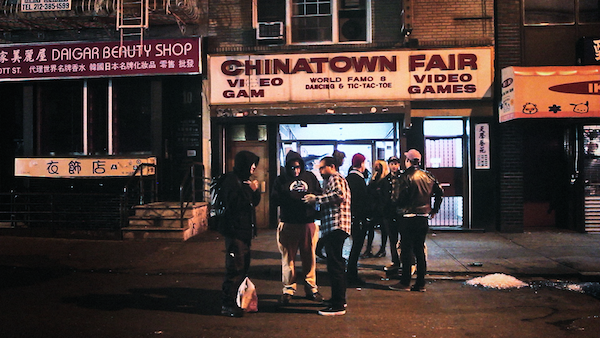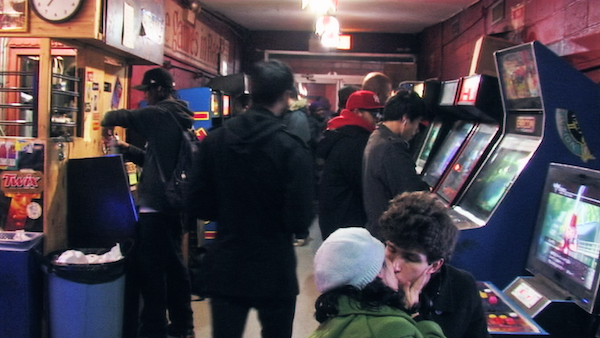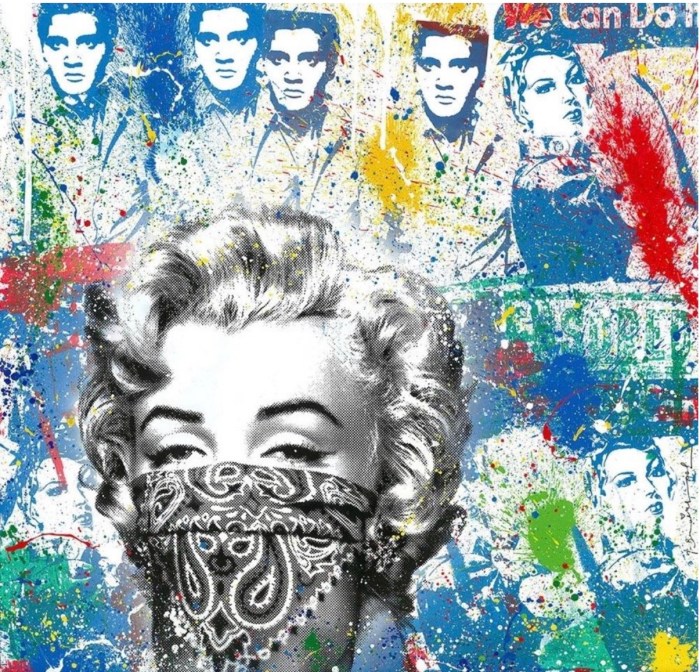
BY SEAN EGAN | “The first time we ever stepped into the arcade, we were just hit with this really strange feeling which we wanted to capture,” recalled Irene Chin, the writer and producer of “The Lost Arcade,” a documentary centered on the last video arcade in Manhattan, Chinatown Fair (8 Mott St., btw. Chatham Sq. & Worth St.).
“It felt very alive. It also felt very unique and rare, especially in Manhattan,” noted director Kurt Vincent, citing the tactic of raising rents to strong-arm longtime locals out of business. “So that was our initial catalyst for starting the investigation.”
Their start couldn’t have been more auspiciously timed — just a month after the pair’s first sojourn to the location in 2011, the neighborhood institution shuttered its doors, putting the final nail in the coffin of arcades, which had been on the downswing since their ’80s heyday. Armed with cameras and the connections they made from their visits, the pair began to sift through the storied history of the location, and soon the tight-knit community fostered by the place came into sharper focus.
As the film progresses, significant figures who called the arcade home gradually begin to emerge: Sam, the elderly Pakistani man who operated the arcade for decades; Henry, his teenage employee turned devoted manager; and Akuma, a foster home runaway who found a job (and a family) at Chinatown Fair.
“It was a struggle to find the story, and I think the turning point happened when Irene and I both realized that what really made us want to make the movie and tell the story was the people, and that’s when it sort of clicked,” Vincent commented. “It became much more of an emotional story based around the people we were connecting with, because to us, the arcade was more about humans and people coming together. That’s what we really found pretty powerful.”
To this end, Vincent employs the well-worn building blocks of documentary: allowing archival material, candid footage, and talking heads to do the narrative lifting. It’s in the margins, however, where the filmmakers most effectively capture the spirit of camaraderie unique to the arcade and its community. Opening with a prologue accompanied by some poetic first-person narration, the film then explodes in a sequence of light and color, a frenetic montage of old school gameplay footage and eight-bit art. Set to Gil Talmi’s pulsating, glitchy score (aided in its warmth by the use of analog synths), these sequences periodically pop up and inject a sense of fun that informs the proceedings. Crosscutting between hyper-kinetic, half-forgotten arcade favorites, and the alternatively intense and jovial faces of patrons creates a haze of nostalgia that lingers endearingly over the whole endeavor.
“The feeling of being in the arcade is very dreamlike, so we were really trying to capture that visually,” Chin concluded, with Vincent verifying that they wanted the film’s sense of earnestness reflected in its visual tableau.
“We filmed stuff on CRT [cathode-ray television] screens,” he revealed. “It would have been easier to just put it on our computer screens and film close-ups of video games on our computer screens, but to us that was inauthentic,” he explained. “You needed to see the scan lines.”

The process of filming and editing wound up taking the team through 2015; for a film initially about a defunct arcade, a surprising amount of new developments cropped up over time. Fitting for a film so focused on togetherness and community, the pair launched a Kickstarter campaign, the success of which is evident in the wall of text devoted to backers in the credits.
“Kickstarter’s awesome because people from all over get to know about your film,” Chin asserted. “It’s a good way to bring a community [together], especially one that’s a culture like gamers. They’re very much online and they’re a really great community, we found out, that supports each other — and they don’t want to see arcades die.”
“I think the arcade experience, of people coming together around video games is a profound one that changed people’s lives, and I want people to see that video games are not just simply entertainment — and that’s what I think a lot of people don’t understand. To these people in the arcade, video games are so much more. They gave them a voice, they gave them an outlet of expression,” Vincent added. “Through the video games, it bridged the gap between these different types of people that otherwise never probably would have come in contact.”
While the film begins on the bittersweet note of a closure, it ultimately becomes a hopeful celebration of a subculture and its resiliency. Gamers found ways to adapt to change: Old school fans migrated to a new Brooklyn arcade operated by Henry, while a reopened Chinatown Fair (under new management) nurses a fledgling scene of younger gamers. The sense of community then, is still tangible today, as Vincent recently witnessed firsthand in “a beautiful moment” at Chinatown Fair, when he attempted to try his hand at a Japanese racing import.
“I sat down to play it, and I realized that the screen was all in Japanese, so I couldn’t understand how to even select a car. So the guy that was sitting next to me, he was my challenger, he walked me through it and helped me. And after he beat me, he introduced himself,” Vincent recalled. “It was the first time I had been to Chinatown Fair as a fan. I wasn’t there with a camera, I wasn’t working on the movie, and to have that happen, to be introduced and welcomed into this racing community, it was just incredible, and made me feel happy to see that the spirit of Chinatown Fair is very much alive.”
Runtime: 79 minutes. Written by Irene Chin. Directed by Kurt Vincent. Opens Fri., Aug. 12 at Metrograph (7 Ludlow St., btw. Canal & Hester Sts.). Daily screening at 1pm, 3pm, 5pm, 7pm, & 9pm. Call 212-660-0312 or visit metrograph.com for more info. Also visit facebook.com/ArcadeMovie and 26aries.com.

















